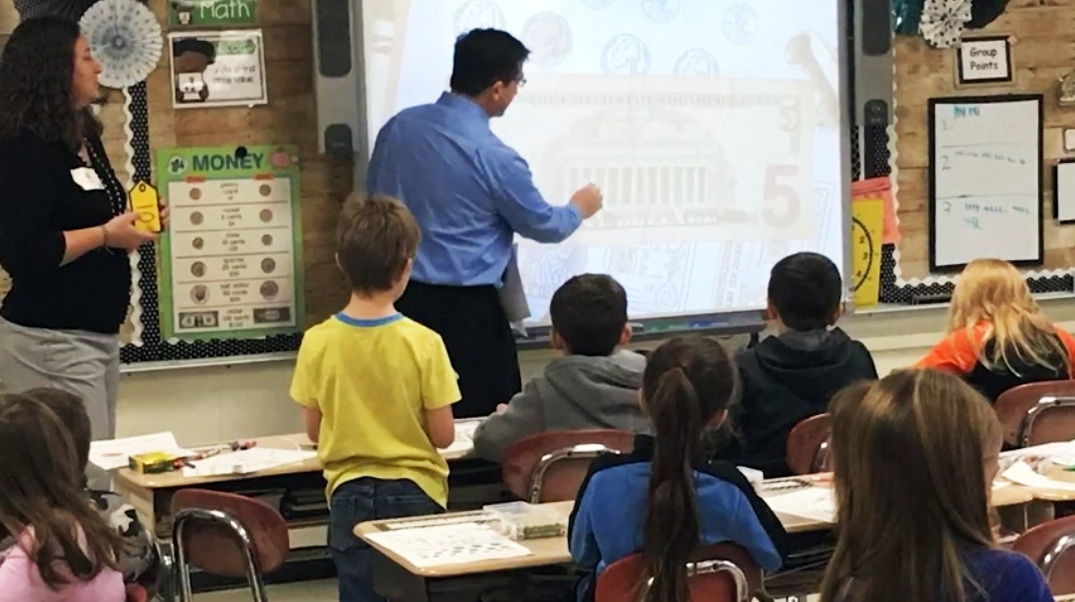
Published November 6, 2020
Making Smart Spending Decisions: Grades Pre-K - 2
Instructor's Guides
Though personal finance may seem like a topic for grown-ups, it’s never too soon to begin teaching your child to make smart spending decisions. In fact, before the end of their first year of school, most children are capable of making some simple decisions by themselves.
This lesson introduces guided, money-related decision-making activities for children in preschool through second grade. Letting young children make simple choices now gives them the experience and confidence to make more difficult decisions as they grow. Decision-making teaches children the concept of responsibility and enhances their ability to function successfully during their teen and adult years.
Goals
- Introduce structured spending decisions to assist young children in making choices
- Help children recognize that money comes in limited amounts
Lesson objectives
- Gain self-confidence in making decisions
- Analyze simple alternatives
- Develop rational behavior patterns
- Practice making decisions in structured situations
Activities
Click the links below for printable activity sheets to do at home with your kids. The activity sheets include:
Once your child cuts out the coins and dollars, use the money to engage in role-play shopping. Play food or toys can be used to set up a pretend grocery store. Let your child pay for their pretend store purchases with their play money. If you’re playing with more than one child, help one of them be the cashier who takes the money.
Setting up a pretend store in your home
- Provide empty food containers for shopping choices or use clippings from grocery store ads (toys or other objects can be used for this activity, as well)
- Use prices where multiple coins are used to aid in coin identification ($0.06, $0.35, $1.07, etc.)
- Make the prices proportional to the real price of the items (for example, put higher prices on the more expensive items and lower prices on the less expensive items)
- Use brightly colored stickers to place prices on the items
Spending decisions quiz
Help your child take the spending decisions quiz and go over the answers. Remind your child to make informed decisions about spending money based on how much they have and ask your child to remember that money comes in limited amounts.
Explore our Financial Literacy Hub and our blog for content that helps you make money decisions confidently.


